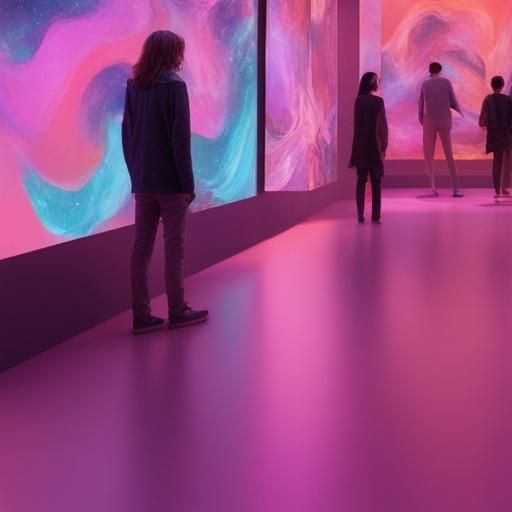In recent years, the realm of digital collectibles has taken the world by storm, largely thanks to the rise of Non-Fungible Tokens (NFTs). Once the domain of tech enthusiasts and cryptocurrency experts, NFTs have rapidly become a versatile tool for artists, musicians, and even real estate markets. This article delves into how NFTs were adopted for use and the transformative impact they have had on digital ownership.
The Foundation of NFTs
NFTs are unique digital assets verified using blockchain technology. Unlike cryptocurrencies such as Bitcoin or Ethereum, which are interchangeable, NFTs are one-of-a-kind. Each token represents ownership or proof of authenticity for a specified item, ensuring that it cannot be duplicated. This uniqueness is pivotal, as it offers a secure way to buy, sell, and trade digital assets with clear ownership records.

Art and Creativity Unleashed
The adoption of NFTs began in the world of digital art. Artists found a new canvas on which to create, and NFTs offered a revolutionary incentive: the ability to monetize their artwork in a way that was previously not possible. For collectors, owning an NFT is akin to owning a rare painting or sculpture. The value of these digital artworks can skyrocket based on demand, artist reputation, and rarity — much like traditional art.
Breaking New Ground in Music and Entertainment
Musicians quickly caught on to the NFT phenomenon, releasing limited tracks, albums, or exclusive content as tokens. This method provides a new revenue stream, especially attractive in an era where streaming services dominate. It allows musicians to directly connect with their most dedicated fans, offering them the opportunity to own a piece of their favorite artist’s work. Additionally, large-scale events and festivals have looked at NFTs as potential ticketing solutions to thwart counterfeiting.
Real Estate and Beyond
Surprisingly, the application of NFTs has extended beyond art and music into the realm of real estate. Digital lands in virtual spaces like Decentraland or The Sandbox are represented as NFTs. Investors see potential value in buying and developing virtual real estate, mirroring real-world property investments. This new trend could revolutionize how we envision property ownership, extending the concept into metaverses with growing communities and marketplaces.
Challenges and Considerations
While the benefits and potential of NFTs are vast, several challenges face this burgeoning technology. The environmental impact of blockchain transactions, particularly on energy consumption, has been a significant concern. The industry is actively seeking ways to offset these effects, such as transitioning to proof-of-stake mechanisms to lower the carbon footprint.
Another consideration is the legal landscape surrounding ownership rights. As the market grows, there will be a greater need for comprehensive regulation to protect buyers and creators alike, ensuring clarity and security in transactions.
Looking to the Future
The adoption of NFTs has only just begun, and its future may include applications that span even further into our digital lives. Gaming, fashion, and intellectual property rights are just a few potential sectors that could benefit from NFT technology. As more industries embrace this model, the separation between digital and physical ownership will likely continue to blur, ushering in a new era in how we perceive and conduct ownership in the digital age.
The rapid adoption of NFTs showcases the potential of blockchain technology to disrupt traditional markets and create new ones. As the technology advances and matures, NFTs will undoubtedly continue to influence various aspects of our digital existence.
